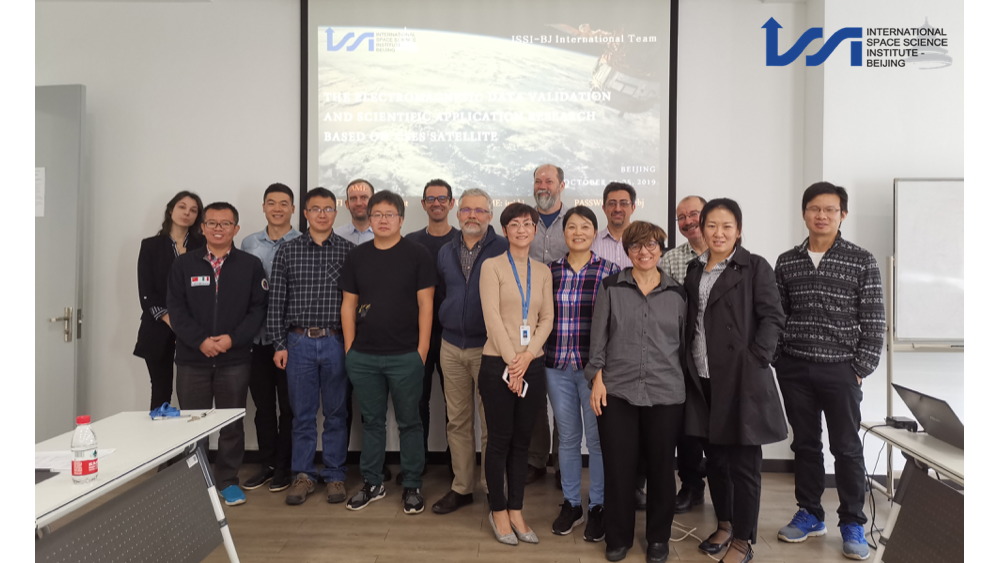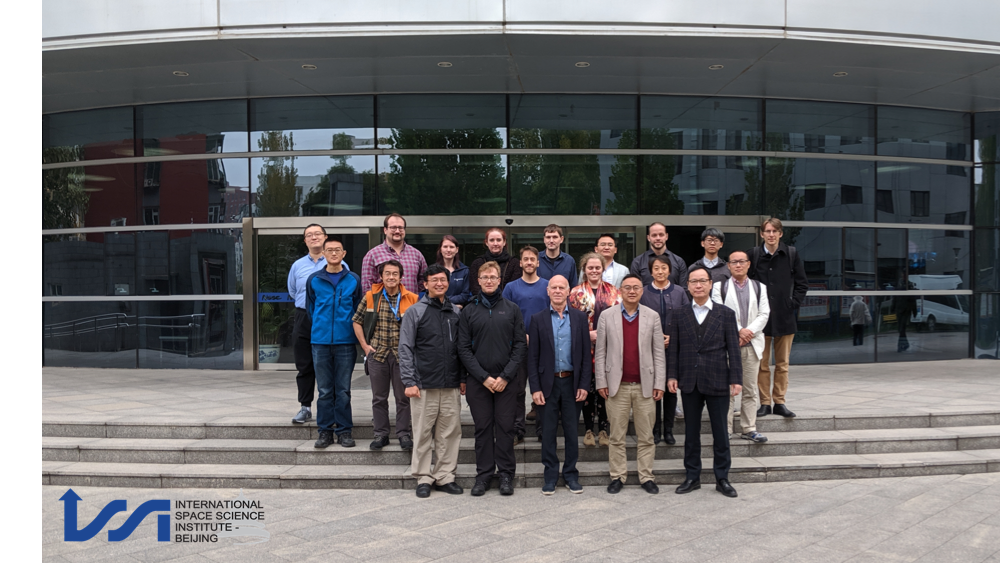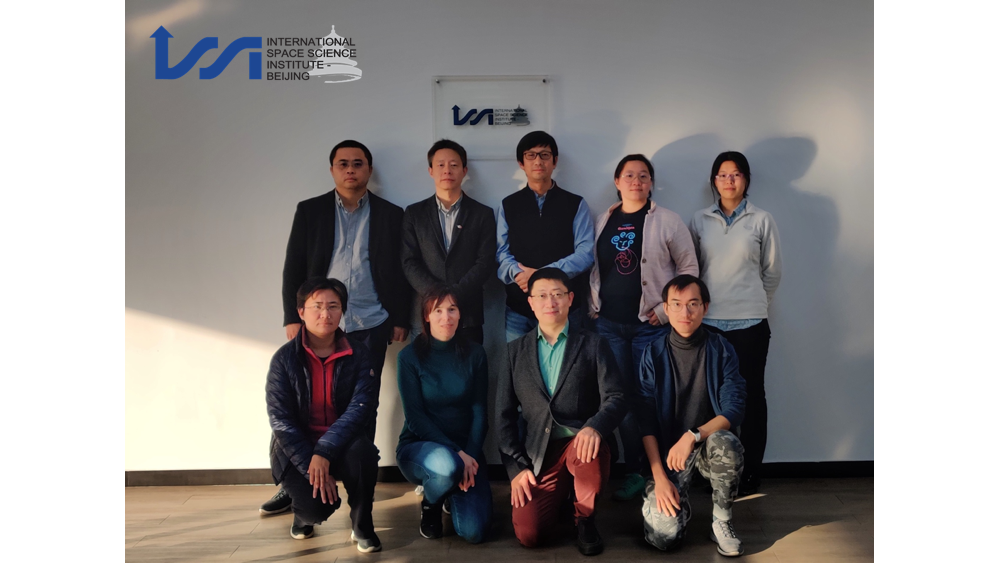| News |
BEIJING, CHINA — With the year-end approaching, the implementation of scientific activities at ISSI-BJ has not slowed down but actually sped up its pace, as a consistent number of events were organized at our premises in Beijing, ranging from fora to workshops and International Team (IT) meetings. Following the principle of inter-disciplinarity pursued by ISSI-BJ, our activities encompassed a wide variety of disciplines, including cosmological studies, astronomy, heliophysics, and gamma-ray observations.
By the beginning of October, several new events of different nature lined up, including a workshop on “Oscillatory Processes in Solar and Stellar Coronae”, which attracted more than 40 experts in solar physics, as well as a series of International Team meetings. In fact, in the context of the 20 International Teams reviewed by ISSI/ISSI-BJ Science Committee and approved by ISSI-BJ Directorate between 2017 and 2019, five groups of experienced researchers and early-career scientists coming from more than 10 different countries gathered at ISSI-BJ to carry out their research projects. These included the investigation of near-space plasma dynamics and electromagnetic environment, space radioactive nuclei, coronal and plasma physics, as well as star formation and cosmological studies.

Figure 1: IT “The electromagnetic data validation and scientific application research based on CSES satellite”
Figure 2: IT “The eruption of solar filaments and the associated mass and energy transport"
In the first week of November, ISSI-BJ welcomed the arrival of two International Teams, namely the group working on “Weak gravitational lensing studies from space missions” led by Prof. Fan Zuhui (China), as well as the international experts selected to study the “Radioactive nuclei in the cosmos and in the solar system” under Prof. Alexander Heger (Australia) and Prof. Maria Lugaro’s (Hungary) lead.
Figure 3: IT “Weak gravitational lensing studies from space missions”

Figure 4: IT “Radioactive nuclei in the cosmos and in the solar system”

Figure 5: IT “Chemical abundances in the ISM: the litmus test of stellar IMF variations in galaxies across cosmic time”
The results of each team’s observations and investigations will be published in scientific articles whose full list will be made available on each team’s website, and by the time of each research project’s conclusion, a final report will be produced and posted online.
Pictures courtesy of the five International Teams.
---
For more info, please contact ISSI-BJ PR and Editorial Manager Laura Baldis: Laura.baldis@issibj.ac.cn
|
|
 |
Upcoming Events |
 |
|
|
 |
Announcements |
 |
|
|
|